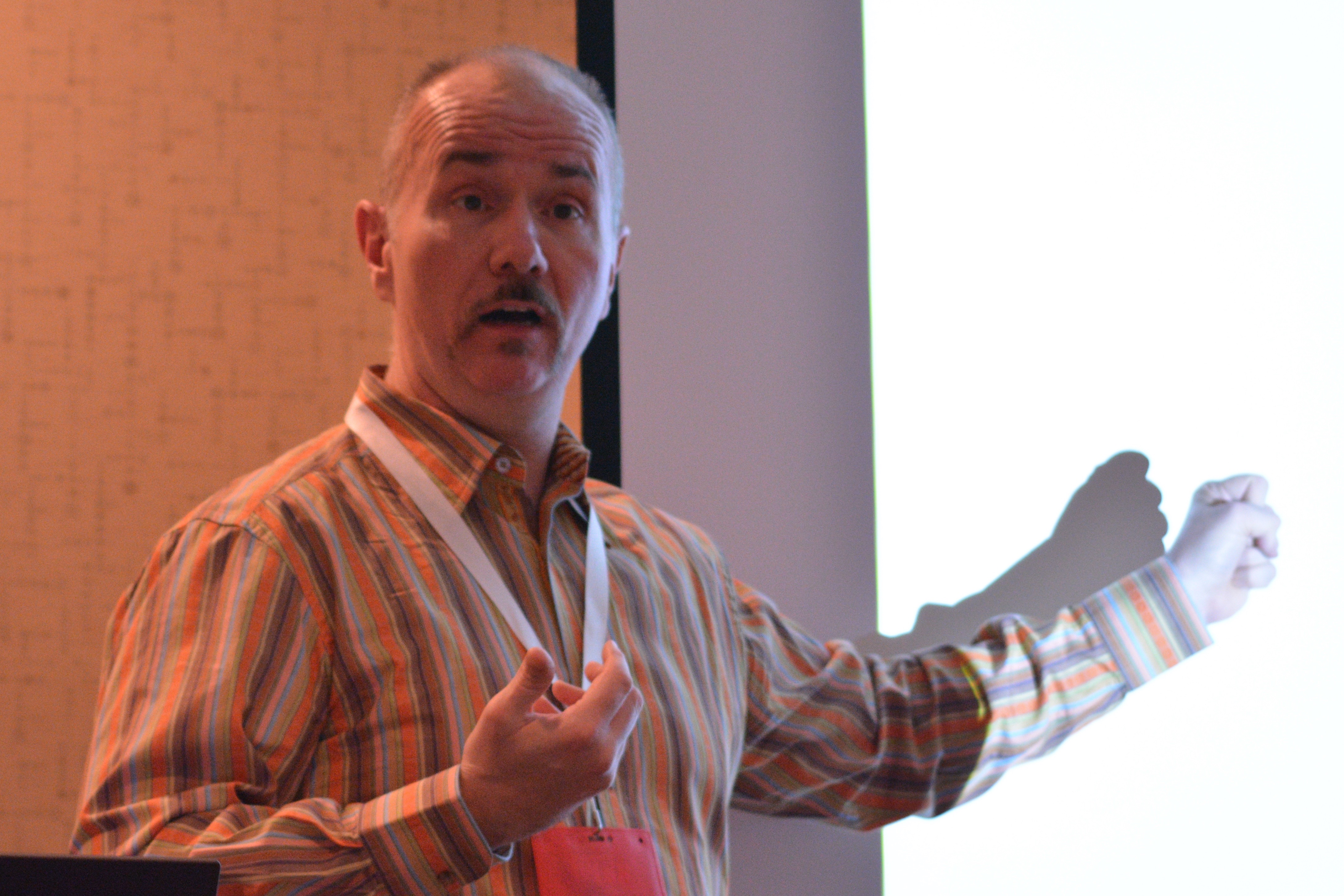House subcommittee recommends zeroing out CPB funding for FY26

Wikimedia Commons
The House Appropriations Subcommittee on Labor, Health and Human Services, Education and Related Agencies recommended zeroing out public media funding Friday in its fiscal year 2024 appropriations bill.
The bill targets two appropriations under the subcommittee’s jurisdiction: CPB’s fiscal 2026 base appropriation, which Congress forward-funds by two years, and federal funds for interconnection and infrastructure in FY24.
President Biden’s budget, announced in March, recommends $575 million for CPB in FY26. The federal government’s latest budget, enacted earlier this year, provided $535 million for CPB in FY25. Appropriations for interconnection and infrastructure, which also go to CPB, are currently funded at $60 million.
The bill does not include funding for Ready To Learn, the Department of Education grant program that funds public television’s early-childhood educational content, research and community outreach programs. The president’s proposed budget would provide level funding of $31 million for Ready To Learn in FY24.
“Americans in rural and urban communities who depend upon public media content and services are very disappointed by the House Labor-H subcommittee’s move to eliminate CPB’s two-year advance funding,” said CPB President Pat Harrison in a news release. “The elimination of this nearly 50-year funding structure would destroy the firewall that protects public media’s independence, and significantly weaken the public-private partnership that enables stations to raise needed funds.”
“This is a dark day for America’s Public Television Stations,” said APTS President Patrick Butler in a news release, “and we are only one of the casualties of a severe cutback that would also affect other important national institutions.”
APTS understands the need for “fiscal responsibility in the federal budget,” Butler said. He noted that the government’s investment in public media “constitutes less than one-hundredth of one percent of the federal budget — the very definition of fiscal responsibility.”
“We’re indispensable partners in national, state and local public safety and homeland security communications, from early earthquake warnings in California to Amber Alerts everywhere to presidential communications in times of national emergency, and we’re the only media institutions in the country telling the story of heartland America: its history, culture and civic affairs,” Butler said.
In June, the House Appropriations Committee voted to support inclusion of $40 million for public broadcasting’s Next Generation Warning System in the FY24 Homeland Security Appropriations Bill. That measure hasn’t advanced.
Butler said he remains hopeful “that the strong bipartisan support for public media, both in Congress and among the American people, will ultimately result in full funding for CPB, system interconnection and infrastructure, and Ready To Learn as the appropriations process moves forward.”
This article has been updated to include a statement from CPB President Pat Harrison.







